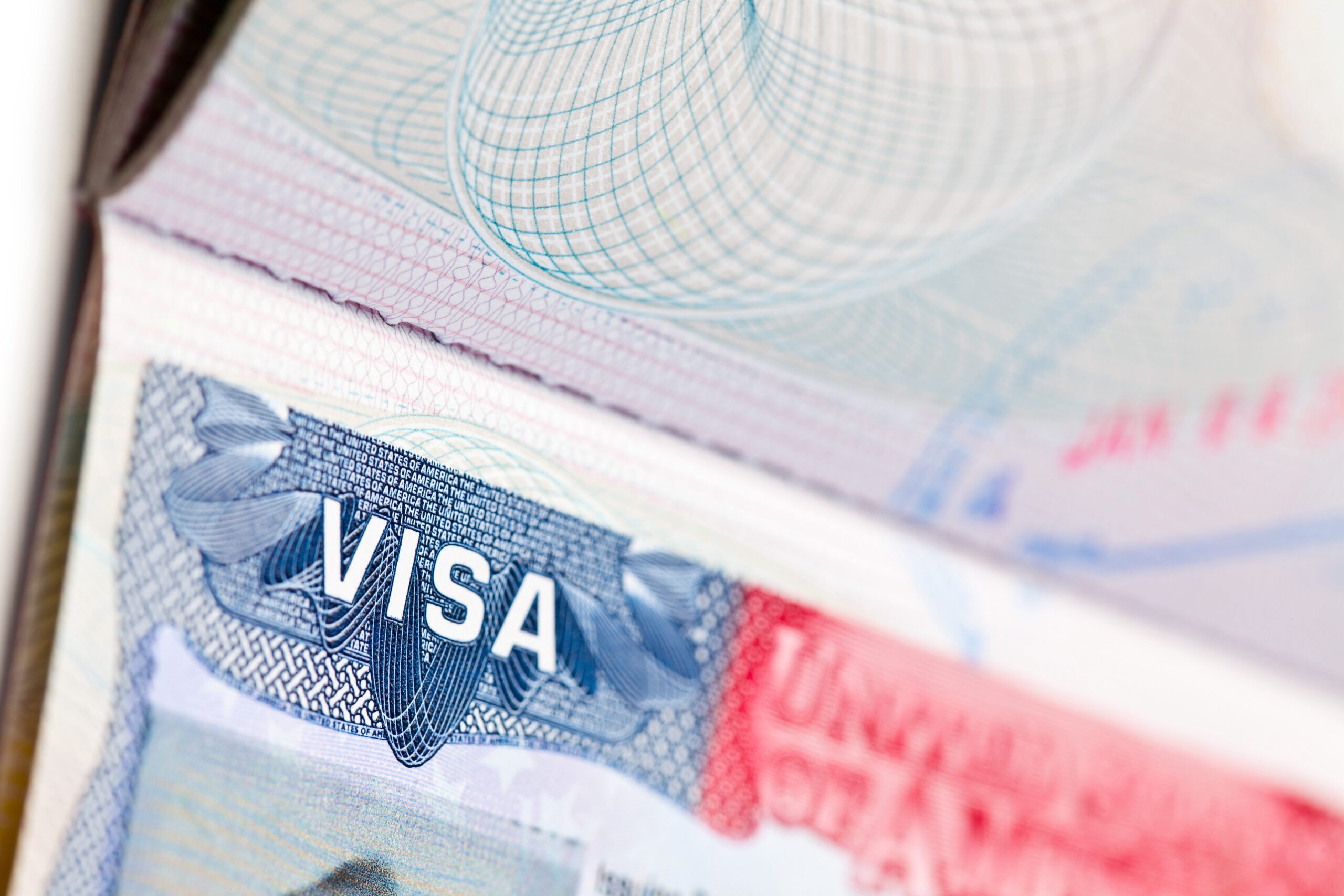Green Card F4 – Question/Answer
Question: If a child was originally part of an F4 petition, but by the time the case becomes active in the final action chart, he is above 21, will he be still considered a child for immigration purposes? I’ve read there has been some recent updates in CSPA.
———————-
Context
The United States Citizenship and Immigration Services (“USCIS”) differentiates between immediate family members and preference family members primarily for the purpose of managing immigration quotas and prioritizing family reunification.
Immediate Relatives
Immediate relatives are generally divided by immigration law into three categories:
- IR-1 – The spouse of a U.S. citizen;
- IR-2 – The unmarried child under 21 years of age of a U.S. citizen; or
- IR-5 – The parent of a U.S. citizen (if the U.S. citizen is 21 years of age or older).
Preference Relatives
Preference relatives are divided by immigration law into five categories:
- First preference (F1) – Unmarried Sons and Daughters, 21 Years of Age and Older, of U.S. Citizens;
- Second preference (F2A) – Spouses and Children (Unmarried and Under 21 Years of Age) of Lawful Permanent Residents;
- Second preference (F2B) – Unmarried Sons and Daughters, 21 Years of Age and Older, of Lawful Permanent Residents;
- Third preference (F3) – Married Sons and Daughters of U.S. Citizens;
- Fourth preference (F4) – Brothers and Sisters of U.S. Citizens (if the U.S. Citizen is 21 Years of Age and Older).
Derivative Beneficiaries
The USCIS permits derivative beneficiaries for each of the preference relative categories listed above.
A derivative beneficiary is a foreign national who cannot be directly petitioned for, but who can follow-to-join or accompany the principal beneficiary based on a spousal or parent-child relationship.
When a derivative beneficiary of a family-sponsored preference petition (such as F4) reaches the age of 21, they are no longer considered a “child” for immigration purposes. Instead, they are classified as an “adult” or “aged-out” child.
Congress recognized that many children were aging out due to large USCIS processing backlogs, so it enacted the Child Status Protection Act (“CSPA”) in August 2022 to protect certain children from “aging out.”
Child Status Protection Act (“CSPA”)
The Child Status Protection Act (“CSPA”) does not change the definition of a child. Instead, the CSPA provides a method for calculating a person’s age to see if they meet the definition of a child for immigration purposes.
The CSPA applies to noncitizens abroad who are applying for an immigrant visa through the Department of State (“DOS”) as well as noncitizens physically present in the United States who are applying for adjustment of status through the U.S. Citizenship and Immigration Services (“USCIS”).
Formula for Calculating CSPA
The formula for calculating CSPA is:
Age at Time of Visa Availability – Pending Time = CSPA Age
Pending Time
“Pending Time” refers to the length of time between the date the underlying petition was properly filed (filing date) and the approval date:
Filing Date – Approval Date = Pending Time
Visa Availability
“Visa Availability” is the later of these 2 dates:
- The date the underlying petition was approved; or
- The first day of the month of when USCIS considers a visa available for filing an adjustment of status application based on the immigrant preference category, country of chargeability, and priority date*
* Individuals must refer to the USCIS website to determine which of the 2 charts (Dates for Filing or Final Action Dates) from the DOS Visa Bulletin must be utilized to file an application for permanent residency.
As per the USCIS website (here),
The CSPA age associated with the petition does not change after the filing of the adjustment of status application and is frozen through the final adjudication, regardless of when a visa is authorized for issuance based on the Final Action Dates chart.
Updates to “Visa Availability”
On Feb. 14, 2023, the USCIS issued updated policy guidance on when an immigrant visa “becomes available” for the purpose of calculating CSPA.
Under the previous CSPA guidance, the USCIS considered a visa available for purposes of the CSPA age calculation based only on the Final Action Date chart, even if a noncitizen could apply for adjustment of status using the earlier date in the “Dates for Filing” chart.
Under the new guidance, the USCIS will consider a visa available for purposes of the CSPA age calculation based at the same time USCIS considers a visa immediately available for accepting and processing the adjustment of status application according to the Dates for Filing chart or Final Action Dates chart.
Immigration Lawyer in Woburn, MA
If you have questions regarding a family-based petition, contact Dayna Lally, an immigration lawyer in Woburn, MA. Dayna can be reached via email to [email protected]. Consultation fees may apply.
Disclaimer: This blog article is provided by Lally Immigration Services, LLC for informational and marketing purposes. This article does not constitute legal advice, nor does it establish an attorney-client relationship. No reader should act, or refrain from acting, on the basis of any information presented in this article, or elsewhere on this website, without seeking the advice of appropriate legal counsel, or other professional counsel, licensed in the relevant jurisdiction. Lally Immigration Services, LLC expressly disclaims any and all liability with respect to any actions taken, or not taken, based on any content of this article or website. Prior results do not guarantee a similar outcome.
Photo 17985236 © Jiri Hera | Dreamstime.com
Last Reviewed/Updated: 04/01/2024





